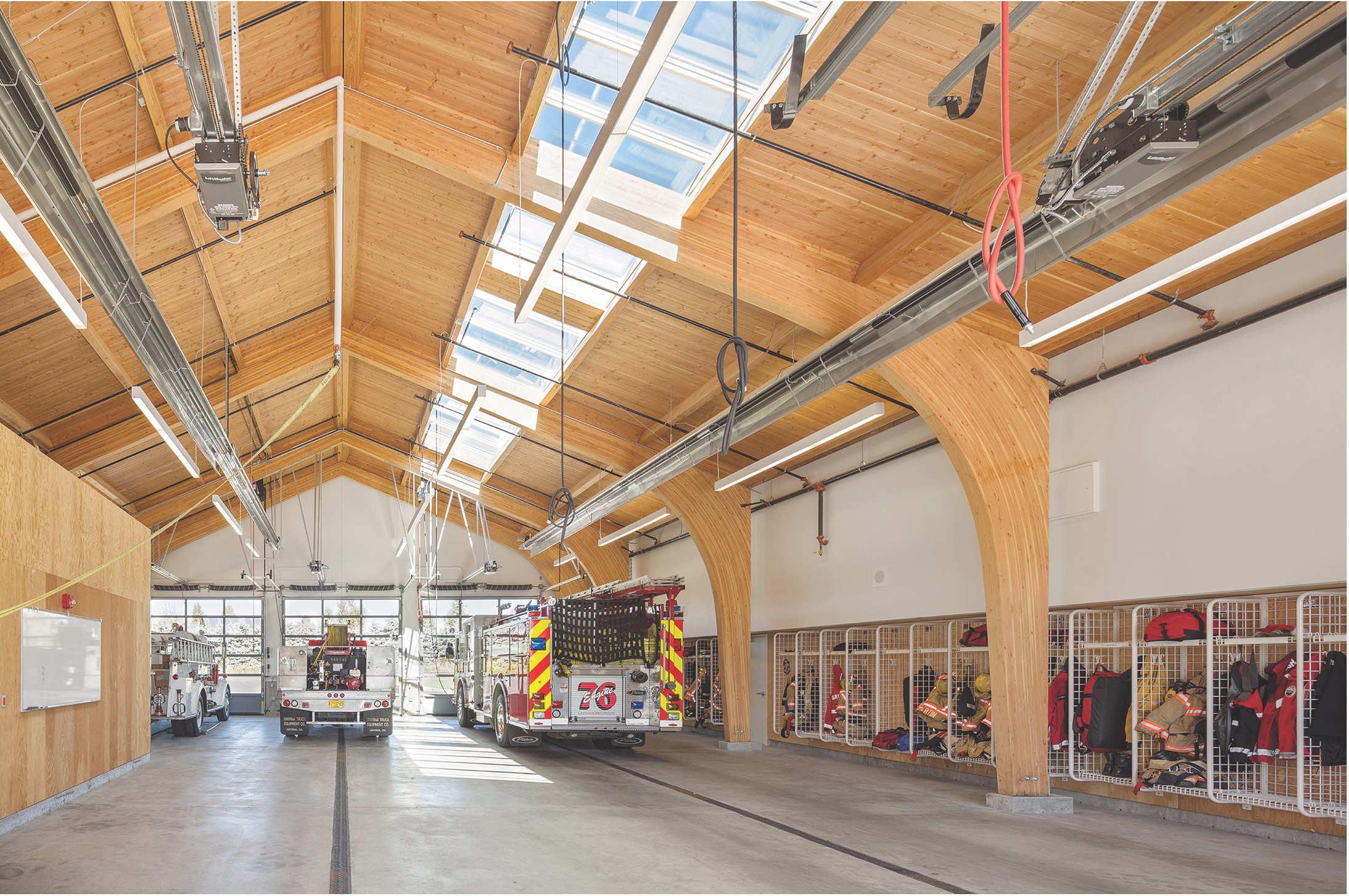
This course will consider traditional wood framing and mass timber systems in the context of resilience and sustainability in multiple ways. This includes performance during and after earthquakes, hurricanes and other disasters, as well as wood’s light carbon footprint and low embodied energy. It will describe how building codes and standards such as the National Design Specification® (NDS®) for Wood Construction support resilience now and consider how wood structure can be utilized to meet evolving resilience objectives.
By the end of this course, you should be able to do the following:
- Discuss why the concept of resilience can be viewed as another step in the evolution of sustainable building design.
- Identify the strengths of traditional wood framing and mass timber systems in the context of building resilience, including performance during and after natural disasters, as well as the relevance of carbon footprint and embodied energy.
- Explain how the International Building Code (IBC) and referenced standards such as the NDS® for Wood Construction support building resilience with wood.
- Describe examples of research related to the development of new building materials and systems that could help communities meet more stringent resilience criteria.
Course Type: Article
Featured Course: No
Learning Hours: 1
AIA Course #: TWREN6238
AIA Credit (LU/HSW): 1
AIA Session #: 1
AIA Provider #: 501110112
AIA Expiration Date: June 21, 2026
Provider: Think Wood
Credits: AIA LU/HSW
